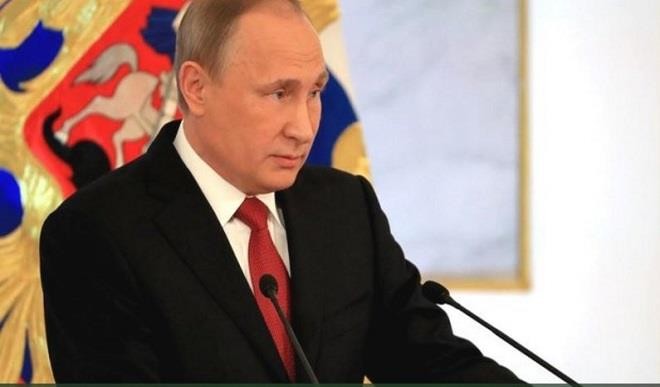Russia has the world’s second-highest number of coronavirus cases but has registered 10 times fewer deaths than Britain, France, Italy and Spain. So many are wondering: why is the country’s mortality rate so low?
Critics have accused Russian authorities of under-counting the number of deaths to downplay the scale of the crisis, finding it hard to believe that the country’s under-funded healthcare system is managing better than those in the United States and western Europe.
Authorities have denied falsifying the numbers, saying they are only counting deaths that are caused directly by the coronavirus and that since the pandemic came later to Russia, it was able to learn lessons from the experiences of western Europe.
Experts say demographic factors are also at play, including that Russia has far fewer elderly people, who are especially vulnerable to the virus.
Here are some of the reasons why Russia had registered fewer deaths than countries with similar infection rates.
– Hidden deaths? –
Russia as of Thursday had 252,245 confirmed coronavirus infections and 2,305 deaths. That put it behind only the United States in the number of infections, but 18th in the world in total deaths and 58th in deaths per million inhabitants.
Some questioned the data after figures released this week showed an increase in April deaths in Moscow beyond the number recorded as virus-related.
The figures showed Moscow registering 11,846 deaths last month, an increase of 1,841 over April last year, but only 639 from the coronavirus.
City health authorities on Wednesday denied any manipulation, saying in a statement that “comparing mortality rates on a monthly basis is inappropriate and not clear evidence of any trend”.
Indeed Moscow saw similar increases in mortality in January 2019, March 2018 and January 2017.
And crucially, the city said, Russia’s method of registering coronavirus deaths differs from the one used in some other countries.
– How Russia counts –
Some countries count everyone who died while infected in their total number of fatalities, others include cases where the virus is suspected to have played a role and some only count deaths directly caused by complications from the virus.
Russia is on the conservative end of the scale, attributing fatalities to the coronavirus only when a death can be directly linked, most often through pneumonia.
“If someone dies of a heart attack but has been diagnosed with COVID-19, the official cause of death will be heart attack,” said Sergei Timonin, a demographer from Moscow’s Higher School of Economics.
“In other words, not all deaths of those with coronavirus will be listed as deaths from coronavirus.”
The Moscow health department said that in autopsies carried out on the dead suspected of having the virus, 60 percent had died from other causes, such as heart attacks and strokes, cancers and other terminal diseases.
– Mass testing –
Russia has one of the highest coronavirus testing rates in the world, with some six million carried out so far.
So while its total number of cases is very high, nearly half of the confirmed infections — 46.5 percent — were among people who showed no symptoms.
Officials say the high rate of testing has also allowed authorities to identify and isolate more people with the virus, helping to prevent it from spreading to those at risk.
– Fewer elderly and care homes –
Life expectancy in Russia collapsed after the fall of Soviet Union, nearly wiping out the generation that in other countries has been most affected by the virus.
Only 14.6 percent of Russians are over the age of 65, compared with 23 percent in Italy and 19.3 percent in Spain.
In Italy, people over 70 accounted for 39 percent of confirmed virus cases and 79 percent of deaths. In Spain it was 50 percent of hospitalisations and 86 percent of deaths.
Russia has not yet published such statistics for the entire country, but in Moscow those over the age of 65 have accounted for only 16 percent of cases since May 1.
The country also has far fewer elderly in care homes, which have become flashpoints for infections and deaths in many countries.
Russia counted only 290,000 places in officially registered care homes in 2018, for a population of 146 million. France in 2015 had some 700,000 people in homes, for a population of 67 million. Of France’s 27,000 virus deaths so far, 10,000 were in care homes.
– Hospital reorganisation –
Russia says another reason for its lower mortality rate is that, seeing what was happening elsewhere before infections surged, it was able to adapt its hospitals to the virus in time.
Medical workers have raised concerns about equipment, including a lack of protective gear for staff and new ventilators that have been blamed for deadly fires at hospitals in Saint Petersburg and Moscow.
But authorities were able to quickly convert hospitals and clinics to virus treatment centres, with the number of beds for the infected rising from 29,000 to over 140,000 within a few weeks. As of May 13, around 30 percent of the beds were still available.(AFP)

 Join Daily Trust WhatsApp Community For Quick Access To News and Happenings Around You.
Join Daily Trust WhatsApp Community For Quick Access To News and Happenings Around You.


